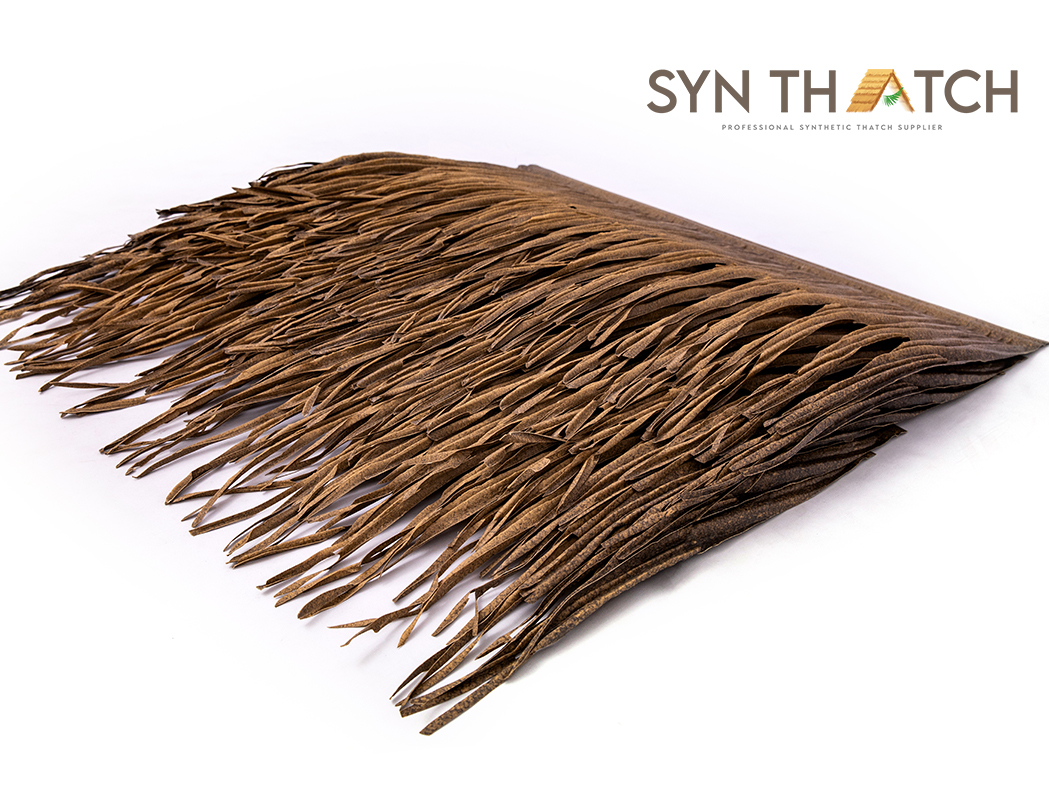Palm Thatch Roofing: Embrace Nature’s Elegance with Timeless Durability
Date:
Jul 08,2025
In the realm of roofing solutions, few options blend functionality, aesthetics, and eco-friendliness as seamlessly as Palm Thatch Roofing.
In the realm of roofing solutions, few options blend functionality, aesthetics, and eco-friendliness as seamlessly as Palm Thatch Roofing. Derived from sustainable palm fronds, this traditional yet versatile roofing material has captivated architects, homeowners, and resort developers alike, offering a unique blend of natural charm and practical benefits that stand the test of time.
🏕Aesthetic Appeal: Bringing Nature’s Warmth to Any Structure
One of the most striking features of Palm Thatch Roofing is its inherent beauty. The golden-brown hues of dried palm fronds create a warm, inviting ambiance that complements a wide range of architectural styles—from tropical beachfront villas and rustic countryside cottages to modern eco-friendly homes seeking a connection to nature. Unlike synthetic roofing materials that often feel cold or industrial, palm thatch adds texture and character, turning a simple roof into a focal point of design. Whether used for a full roof covering or as an accent in pergolas, gazebos, or outdoor patios, it instantly evokes a sense of tranquility and escape, making it a favorite for spaces designed for relaxation.
This aesthetic advantage is particularly evident when Palm Thatch Roofing replaces Kajan thatch. While Kajan thatch has been used in some tropical settings, it often lacks the consistent color tone and texture that palm thatch offers. Palm fronds, when properly dried and treated, maintain a uniform golden hue that ages gracefully, developing a rich, sun-kissed patina over time. In contrast, Kajan thatch can fade unevenly or take on a dull, grayish appearance, diminishing the visual appeal of the structure. For properties aiming to maintain a pristine, postcard-worthy look—such as the luxurious overwater bungalows of Maldives resorts—palm thatch emerges as the superior choice, ensuring that every rooftop blends harmoniously with the surrounding turquoise waters and lush greenery.

🏡Exceptional Insulation: Nature’s Answer to Energy Efficiency
Beyond its visual allure, Palm Thatch Roofing is a powerhouse of insulation. The dense, layered structure of palm fronds creates a natural barrier that regulates temperature year-round. In hot climates, it reflects sunlight and traps cool air, keeping interiors significantly cooler than metal or concrete roofs, reducing the need for air conditioning and lowering energy bills. In cooler regions, the thick thatch acts as an insulator, retaining heat to keep spaces warm and cozy. This natural thermal performance not only enhances comfort but also aligns with modern sustainability goals, making it an eco-conscious choice for environmentally minded builders and homeowners.
In the context of Maldives resorts, where the tropical sun beats down intensely, this insulation capability is a game-changer. Replacing Kajan thatch with palm thatch ensures that guest villas stay cool even during the hottest hours of the day, minimizing reliance on energy-consuming AC systems. Kajan thatch, with its thinner and less dense composition, struggles to provide the same level of thermal resistance, leading to warmer interiors and higher energy costs. For resorts committed to luxury and sustainability, palm thatch’s insulation superiority makes it an indispensable choice.
🏗Durability and Longevity: Built to Withstand the Elements
Contrary to the misconception that natural materials are fragile, high-quality Palm Thatch Roofing is surprisingly durable. When sourced from mature palm trees and properly installed by skilled craftsmen, it can withstand harsh weather conditions—including heavy rain, strong winds, and intense sunlight—for up to 15 to 20 years. The key to its longevity lies in the harvesting and treatment process: fronds are carefully selected, dried to perfection, and treated to resist mold, pests, and decay. This ensures that the roofing remains robust and visually appealing for decades, offering excellent value for money compared to shorter-lived synthetic alternatives.
This durability is a critical advantage over Kajan thatch, which tends to break down more quickly in humid, coastal environments like the Maldives. Kajan thatch is more susceptible to moisture absorption, leading to rot and mold growth in the damp, salt-laden air. Maldives resorts, which face constant exposure to sea spray and occasional monsoon rains, benefit greatly from palm thatch. Its treated fronds repel moisture and resist salt damage, maintaining structural integrity even in the harshest coastal conditions. This means fewer replacements and lower maintenance costs over time, allowing resorts to focus on delivering exceptional guest experiences rather than frequent roof repairs.
More Recommendations











